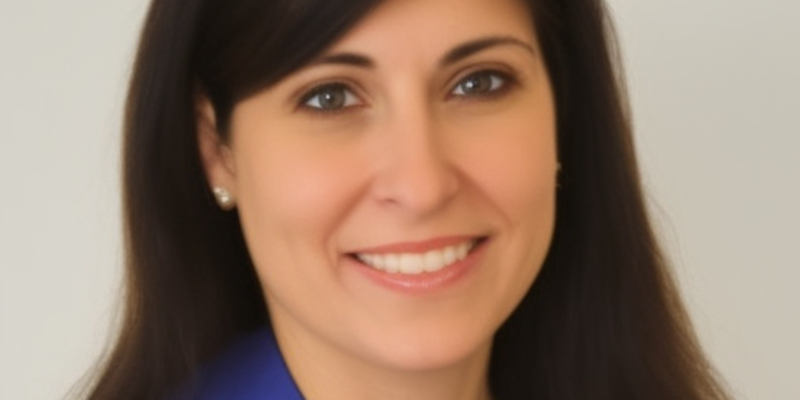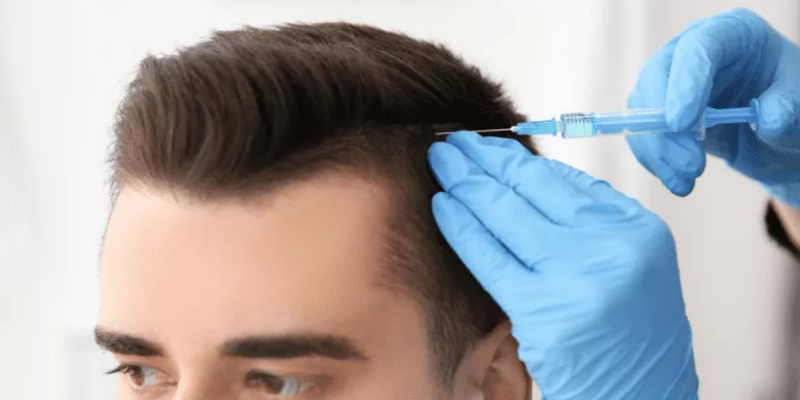Follicular Unit Extraction
Follicular Unit Extraction surgery is a major undertaking. For the sake of safety, hair transplants should only be carried out in a medical facility. If you want the greatest outcomes, you need to have the procedure done by cosmetic surgeons who have had extensive training and expertise. There must be rapid blood loss in order to ensure that the procedure goes as planned with a successful hair transplant. The success rate of hair transplantation is fairly good if the right procedure is used. If you want a hair transplant to seem natural, it is critical that you place the transplanted hair at the correct distance from the balding area(s), angle, and density.
The transplanted hair sheds after a few weeks of the procedure, but this is quite normal and expected. Because it takes 3-4 months for hair that has been shorn to regrow. The transplanted hair follicles retain their individuality and do not fall out when the temporary shedding is addressed. In spite of this, the original hair in the same place may continue to fall out, and a fresh hair transplant may be necessary in the future, depending on the loss of density. After a surgical procedure, hair follicles may begin to fall out. Especially if the new hairline region seems unnatural, more surgery may be necessary in the near future.
Follicular Unit Extraction Process
Hair transplantation, like any other medical procedure, has potential hazards if it is not carried out properly. Complications are quite infrequent when hair transplantation is carried out by a skilled plastic surgeon in a hospital environment. Hair transplantation is a lengthy surgery that may need many transplants over the course of one to two years, depending on the degree of baldness. Complications, such as the anticipated infection and substantial scarring, are possible, although they are quite uncommon. After surgery, patients may experience pain, discomfort, bruising, and swelling, all of which may be alleviated with over-the-counter pain medications. Nausea and other symptoms may begin to appear within two to three months after hair removal and transplantation.
One’s hairline is a unique and distinct part of one’s anatomy. According to the natural hair boundary between the forehead texture and hair texture, it is determined The forehead muscle is the most critical part of hair transplantation. The hairline may be adjusted to your liking without causing any harm to the mimic muscles or the forehead muscle. People with broad foreheads or hair that is sparse on both sides may have their hairline altered without touching the forehead. The patient’s facial type, hairstyle, past hair loss, forehead muscle, and the health of the balding skin may all take into consideration while creating the ideal form. Hair types that are not suit for the patient are explained to him, as well as his anatomical structure and probable consequences. The most appropriate front line, as well as the hairstyle that is best for him, is deciding.
Follicular Unit Extraction Procedure
The transplanted hair sheds after a few weeks of the procedure, but this is quite normal and expected. Because it takes 3-4 months for hair that has been show to regrow. The transplant hair follicles retain their individuality and do not fall out when the temporary shedding is addressing. In spite of this, the original hair in the same place may continue to fall out, and a fresh hair transplant may be necessary in the future, depending on the loss of density. After a surgical procedure, hair follicles may begin to fall out. Especially if the new hairline region seems unnatural, more surgery may be necessary in the near future.
Shaved or unshaven hair transplantation may be perform by a hair transplant expert. It is depending on the surgery style chosen by the doctor.
Hairy tissue and the place where it will transplant have been mapping out first. Shaving hair is finish in accordance with the course of the procedure. Using microsurgical devices, hair follicles are harvesting one by one. Channels may opening by taking into account hair growth direction, angle and density. Roots are meticulously and sensitively inserting into these canals one at a time. During the whole procedure, the goal is to achieve a natural, healthy, and long-lasting hair look . It will not be noticeable once the procedure is complete.
Follicular Unit Extraction Review
“Folicular Unit Extraction” is an abbreviation of the phrase. Follicular units from the neck and above-ear region, where hair follicles programming not to fall out (non-androgenic), are extracting one at a time using customising micro-surgical equipment and transplant to balding regions the same day. According to the patient’s preference, it may finish under local anesthetic or with sedation (in which the patient does not feel any discomfort). It is now possible to use the FUE technology in a variety of new and sophisticated ways.
- FUE Sapphire
- DHI FUE
Both sapphire and DHI pens are utilizing. This is sowing. FUE is the root collection procedure in both. In other words, FUE is a root collection process, not a hair transplant method. Using micromotors, FUE extracts roots one by one from the donor region. Hair transplantation using Sapphire and DHI. If using DHI, the hair is transplant to the skin using DHI pens after the roots are removing. To utilize sapphire, first, open the channels to the spots where the roots will insert using sapphire pens, then place the roots in the channels. FUE retrieves roots. The planting technique is DHI and sapphire.
Follicular Unit Extraction Result
The FUE procedure removes roots one by one. No trauma to the donor area. No scar. Social life returns quickly. It may use on any patient who fits the criteria. It may using on scars and burns that develop in children. However, patients with chronic conditions such as heart disease must acquire their doctor’s authorization before undergoing hair transplantation. It is a modest surgical operation with the same risks as a basic dental procedure. Finally, it must finish in a sterile the medical setting to avoid infection and necrosis.
In Istanbul, Hair Transplant Best Surgeons Can Be Found
Are you looking for a hair transplant Istanbul best option? You’ve come to the right place, as Istanbul is home to some of the best hair transplant centers in the world, with highly experienced surgeons and top-notch facilities. Knowing your options is the first step to finding the best Turkey hair transplant Istanbul. FUE (Follicular Unit Extraction) is a popular choice for many people, as it is minimally invasive and leaves no visible scarring. The best FUE hair transplant In Istanbul involves extracting individual follicles from the donor area and implanting them into the recipient area. DHI (Direct Hair Implantation) is another common choice, as it yields natural-looking results with shorter healing times. This method involves implanting the follicles directly into the scalp without shaving or punching a hole into the scalp.

Several clinics in Istanbul offer excellent services, so it’s essential to do your research and find one that fits your budget and meets your expectations. Ask for recommendations from friends or family who have had successful procedures at particular clinics. Read up on reviews online, or visit forums where people discuss their experiences with different clinics. Finally, consider your overall budget when looking for hair transplant Istanbul best. Prices vary depending on the clinic and the procedure you choose.



